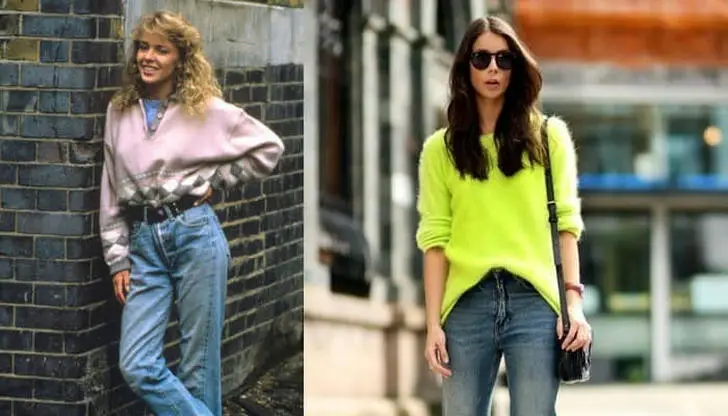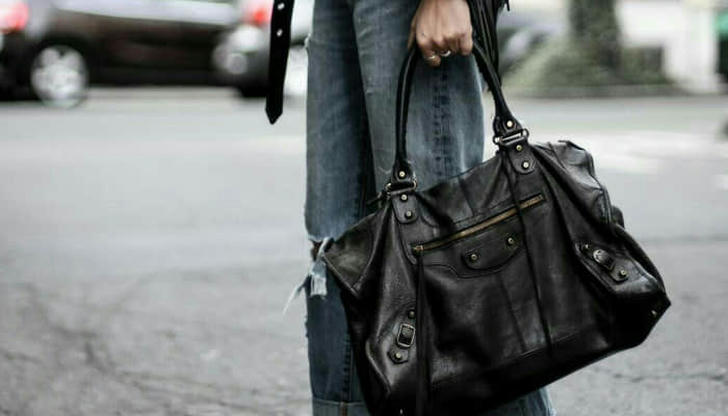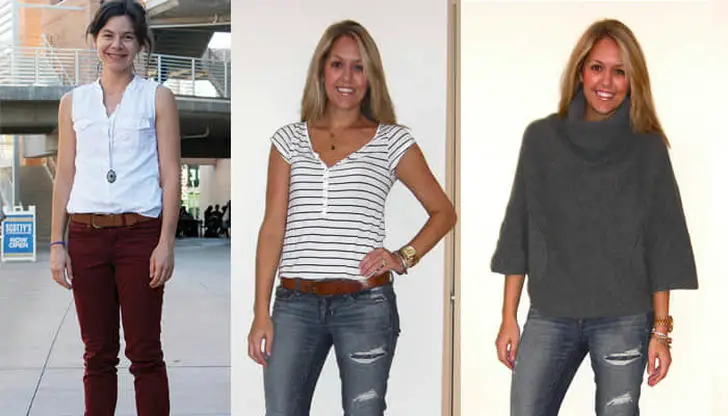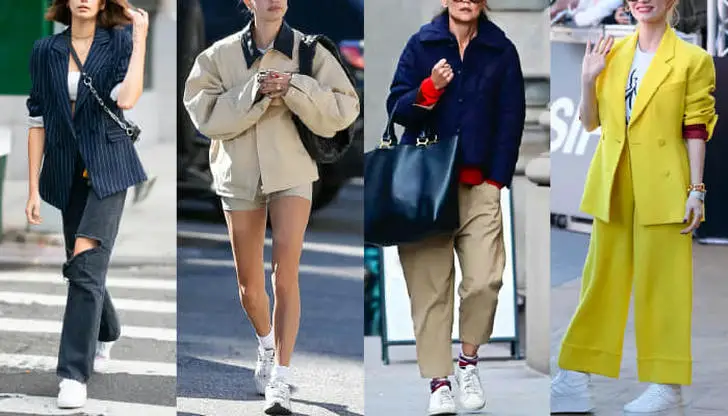10 Fashion Mistakes Undermining Your Personal Fashion Style
Advertisement
When we talk about fashion mistakes, we're not referring to outfits that could land you on a worst-dressed list, if people were judging. Instead, we're addressing deep-rooted habits you refuse to break, fashion myths you still believe, and small things you're avoiding or doing that can undermine your personal style.

1. You Wear Retro Pieces Without a Modern Spin
We all know that fashion is cyclical and that everything comes back around, but that doesn't mean you should dress in full-of-another-decade outfits, which could run the risk of making you look like you're both in costume and 10 years older. This means that when shopping at thrift stores, it's better to buy individual vintage pieces rather than full outfits. If you buy an '80s neon sweater, pair it with super-sleek skinny jeans, natural hair and makeup, and a great pair of ankle boots. Blending vintage with modern pieces will make you look better!
2. You Believe Tall Women Shouldn't Wear Heels
The idea that tall women should abstain from wearing heels is not only nonsensical but also tinged with sexism. It's based on a set of outdated beliefs—like the idea that being tall is unfeminine and that women should not seek to stand out. This is a rule that no woman should adhere to if she doesn't wish to. There are many tall women, such as Jenna Lyons, Charlize Theron, Michelle Obama, and Karlie Kloss, who effortlessly pull off stunning heels with elegance.

3. You Always Buy the Same Clothing Size
As any woman who's shopped high-end and fast-fashion knows, sizing can vary tremendously across stores, brands, and items. Cheaper clothing typically runs way larger, making it common for a woman to wear. For example, a size Large at Forever 21, but still be a size 2 in Stella McCartney. When trying on clothes at different clothing stores, don't get hung up on the numbers - focus on how the garments actually look on your body. When an item fits you well, the size number becomes irrelevant.

4. You Shop for Social Media Approval
We're reluctant to suggest that you might purchase items merely for the sake of public recognition, but it's a reality of our times. Is your motivation for buying that Balenciaga bag a genuine love for it, or a desire to show it off to others? If you're considering those Jimmy Choo pumps, will you be able to savor the pleasure of owning them without sharing them on social media? If the answer is no, it might be time to reevaluate your shopping motivations.
5. You Think Classics Must Come With a Hefty Price Tag
Many women either cannot afford to or choose not to spend a fortune on each season's clothing, especially on the essentials that are purported to be ever-stylish. This is where discount retailers like TJ Maxx, Marshalls, and Century 21 shine, allowing you to acquire genuine designer items at a significantly reduced price. Additionally, several fast-fashion brands such as Zara, ASOS, and Uniqlo have been enhancing their offerings and quality, providing a range of enduring styles including woolen overcoats, leather Chelsea boots, sweaters made of wool and cashmere blends, and silk blouses—all at prices that won't break the bank.

6. You Think You Can Only Wear One Bold Color at a Time
The recent trend of color-blocking has taught us that a vivid, intense color can be even more striking when combined with another. If you're wearing an emerald silk top, feel free to complement it with fuchsia suede shoes or a bright yellow leather handbag—you'll exude a chic, contemporary vibe.
7. You Invest in Ephemeral Trends
We're not suggesting that every significant purchase should be an investment in a "classic" piece that will last forever—where's the excitement in that? But we do advise against spending a fortune on items that are clearly the must-haves of a single collection. Why? Because there's a high likelihood that once the season passes and the hype dies down, you might realize that your purchase was more about the thrill of owning a sought-after item than about acquiring something you'll cherish for a long time.

8. You Think Actual Menswear Is Exclusively For Men
While it's unlikely you'd shop for a suit at a store catering to larger sizes, you might be surprised to find that many garments designed for men can be quite flattering on women. This is particularly the case at popular retailers like Forever 21, H&M, J. Crew, and Zara. Their men's sections often feature items such as slim-fit dress shirts, casual sweatshirts, baggy sweaters, and functional jackets that, although not as trend-driven as women's fashion, often come with a more relaxed fit that can be very appealing.

9. You Think Sneakers Are Only for the Gym
Recent styles have shown that a stylish pair of sneakers can be a versatile addition to your wardrobe beyond the confines of the gym. With the popularity of wedge sneakers, the convenience of slip-on sneakers (which are particularly trendy for the fall season), and the influence of prominent fashion bloggers and industry insiders who pair athletic brands like Nike, New Balance, and Adidas with a variety of clothing from chic skirts to leather trousers, it's evident that sneakers, when combined with more sophisticated attire, can provide a contemporary edge to an ensemble that isn't just made up of workout wear.
10. You Hoard Many, Instead of Investing in One Quality Item
We all have our go-to items, and it's natural to be drawn to certain types of clothing when shopping—this reflects personal taste. However, if you find yourself repeatedly purchasing inexpensive striped shirts, it might be time to reassess. This behavior could indicate dissatisfaction with your existing collection, and there's a principle that suggests the more items you own, the less frequently you'll wear them. If you're continually searching for the ideal Breton stripe shirt or any other item you frequently buy, take stock of what you have. Consider donating or selling the pieces that don't bring you joy, and invest time in finding the perfect item rather than accumulating a collection of average ones.



